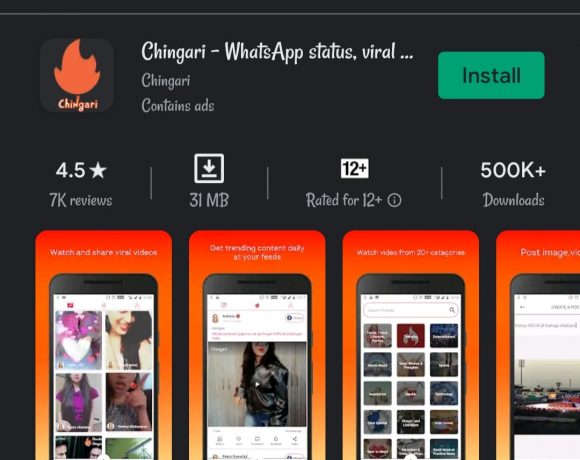2013 The Year of Phablets

Phablet refers to a class of Smartphones with screen sizes ranging between 5 and 7 inches and designed to combine the functionalities of a Smartphone and tablet. IHS reported that 25.6 million phablet devices were sold in 2012 and estimated that these figures would grow to 60.4 million in 2013, and 146 million by 2016. Larger than Smartphones, phablets may be smaller and thinner than tablets, making them more convenient for users carry or pocket. Phablets are typically optimized for mobile web access and multimedia consumption—activities which are enhanced by the larger screens. In a 2013 analysis, Engadget identified dropping screen prices, increasing screen power efficiency, increasing battery life and the evolving importance of multimedia viewing as critical factors in the popularity of the phablet.
“The primary purposes of Smartphones have clearly changed. Early on, they were phones first, and data devices second. The various advents of modern apps, browsing and media shifted the focus enough that voice is almost incidental today.” Jon Fingas commented in Engadget. Manufacturers at the world’s biggest mobile fair in Barcelona, Spain released a slew of outsized Smartphones that can barely fit in one hand and tablets that have shrunk dramatically. “It’s a growing trend, especially in Asia, and a lot of these phones are favoured by women, women who don’t have to worry putting it into their pockets, they carry it in their purse,” said Ken Hong, communications director at LG. More than 120 million tablets were sold worldwide in 2012, up 50 percent from the previous year, and shipments of Smartphones are predicted to hit one billion this year according to global consultants Deloitte.
One of the pioneering phablet device was the Dell Streak. Though the Streak was noted for its 5-inch, 800×480 pixel display (during a period where Smartphones with 3-inch displays were still relatively common) and widescreen-optimized interface, reviewers encountered issues with its software — including its outdated inclusion of Android 1.6, an operating system that wasn’t optimized for the larger screen. The device was commercially unsuccessful. In October 2011, Samsung first released the Galaxy Note in selected markets. The device featured a 5.3-inch, 1280×800 resolution screen and software optimized for the phone’s self-storing stylus.
The Galaxy Note was a commercial success; in December 2011, Samsung announced that the Galaxy Note had sold 1 million units in less than two months. The company also announced the impending U.S. release of a Galaxy Note with 4G LTE support in February 2012. In August 2012, Samsung announced that they had sold 10 million units of the Galaxy Note worldwide in the past nine months. The Galaxy Note received a follow-up in September 2012, the Samsung Galaxy Note II. The Note II uses a 1.6 GHz quad-core processor, a 5.55-inch screen, and also includes the ability to run two applications at once in a split-screen view. Sales of the Galaxy Note II out-paced the original model, selling 5 million units internationally in just two months of availability.
There seems to be an inherent paradox in the fact that the phones are expanding and tablets are shrinking. The Samsung Galaxy Note 8, released just ahead of the congress, trimmed its screen to eight inches to compete with Apple’s new iPad mini. Taiwan’s Asus has managed to marry the two devices. Asus showed off the Padfone Infinity, a five-inch, high-definition screen Smartphone that can harness the latest superfast fourth-generation wireless network and which slots into 10.1-inch tablet. The Smartphones of 2013 have to be fast, too, however, as the 4G network, also known as Long Term Evolution, or LTE, expands worldwide.
IHS reported that 25.6 million phablet devices were sold in 2012 and estimated that these figures would grow to 60.4 million in 2013, and 146 million by 2016. Larger than Smartphones, phablets may be smaller and thinner than tablets, making them more convenient for users carry or pocket. Phablets are typically optimized for mobile web access and multimedia consumption—activities which are enhanced by the larger screens. Sure 2013 is going to be the year of phablets.








